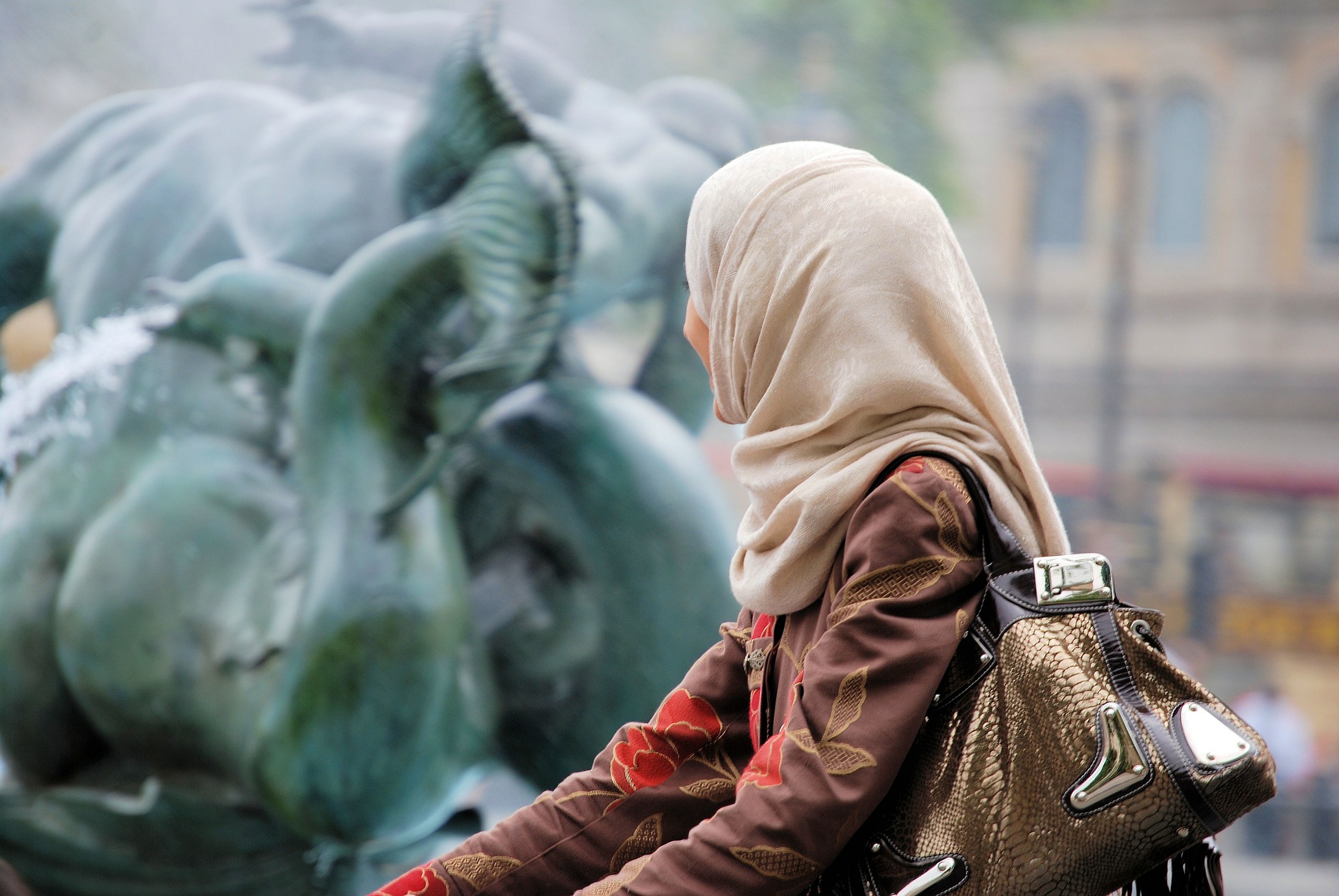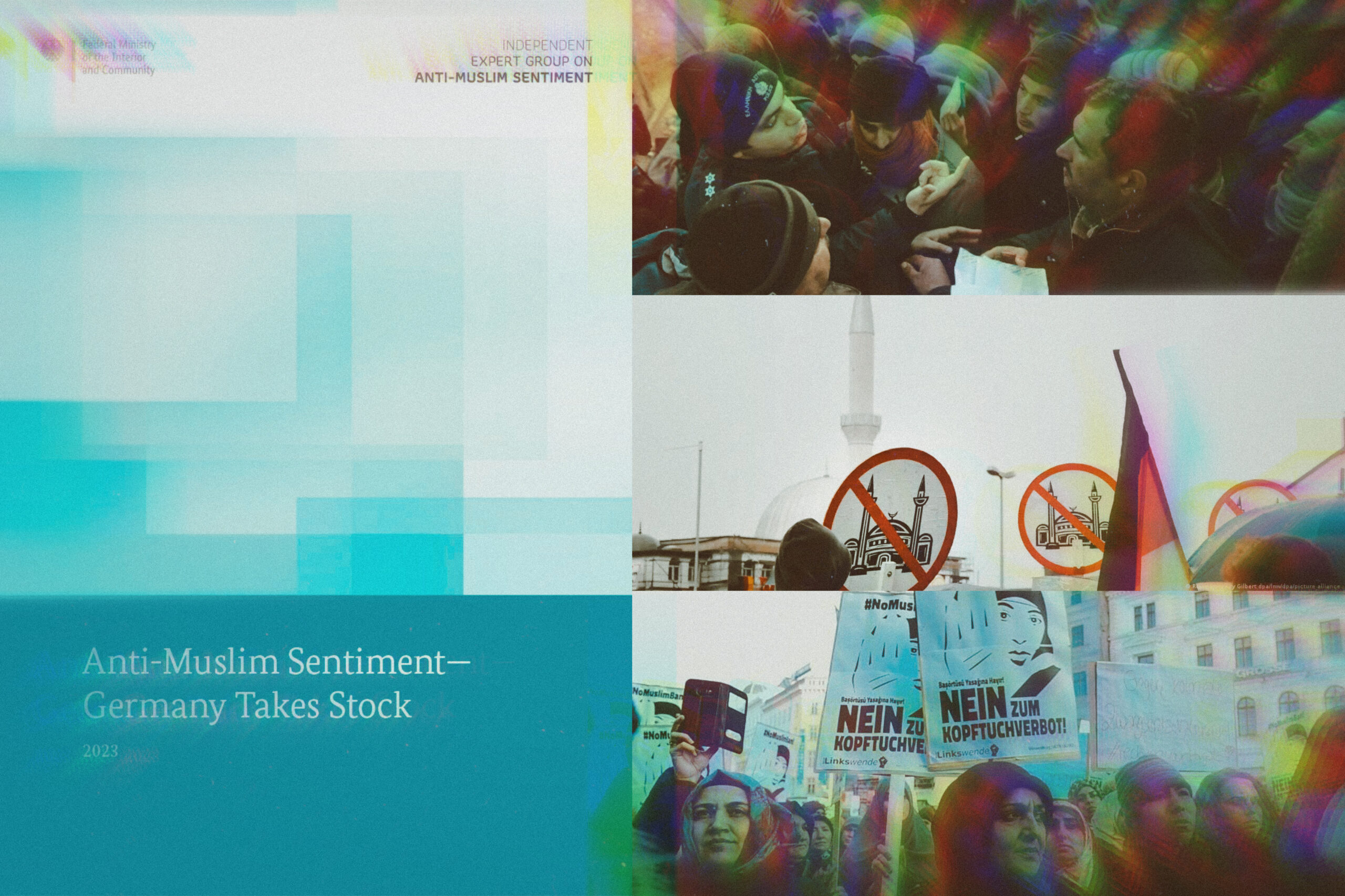In a comment piece by Claudia Mende in Qantara.de, Mende complains that the “Stereotype of the oppressed Arab woman continues to dominate public discourse”. Mende highlights that the lives of women in the Islamic world are often reduced to forced marriage, honour killinngs and male violence, and often implied in the media and literature is that these women will only be emancipated once they “cut all tied with their cultural and religious roots”. She mentions the ongoing debate surrounding the headscarf as evidence of this, a “key symbol of her desolate existence has become an especially persistant stereotype” Mende points out that not only are Muslim women fighting for their rights, but many fathers, husbands and brothers are supporting and encouraging of women’s aspirations.
Mende makes a salient point regarding the persistence of this stereotype; while a long standing tradition to justify colonial action, the loss of cultural dominance by the West has meant that painting Arab culture and women in this way provides a foil for the West; as “Europe’s real power dwindles” in the face of insecurities regarding globalisation, refugee crisis and fear of economic decline, it has lead to a “powerful need for cultural self-assurance”. Those who do this also disregard the inadequacies of their own culture, when in fact, women in the West also face discrimination in a number of ways.
There have been efforts to break this “stereotype” of Muslim women, particularly in the West. In fact, the mentioning of “breaking stereotypes” has become almost inevitable when Muslim women feature in the media in a positive light. For example, globalfundforwoman in a piece to highlight the work of Muslim women artists, titled the piece “9 inspiring Muslim women shattering stereotypes.” The inclusion of a Muslim women as a superhero, Kamala Khan, aka Ms Marvel, by Marvel Comics has also been described as “challenging stereotypes” in a piece by the LSE Middle East Centre Blog.
Most prominently however, has been within fashion industry. A piece in The Conversation by Anoosh Soltani and Hannah Thinyane describe “How Muslim women break stereotypes by mixing faith and modesty with fashion”, describing how “Young Muslim women consciously mobilise social networks, posting photos and using hashtags to show them as fashion consumers and “to change hegemonic views of Muslim women as powerless and excluded from social life.”
However while the way in which some Muslim women mix their faith with “modern ideas of feminism, activism and consumerism.”may be painted in a positive light for some, many are frustrated with the promotion of consumerism when attempting to paint Muslims as socially integrated. William Barylo, writes that many young Muslims activists argue that Muslims can only be accepted as a minority if they are consumers.
The decision of Halima Aden, the first hijab-wearing model to walk international runways and be signed to a major agency, to feature as the first hijab-wearing model to wear the hijab and burkini in Sports Illustrated Swimsuit issue [a magazine that has been criticised for its promotion of “images of these women as sexual, inanimate objects.”] has shown that the idea of “breaking stereotypes” has limits for many Muslims.
While the inclusion of Aden was lauded as a great example of inclusion and representation [and of “changing the game”]; not all agreed that representation was a good in and of itself. Shelina Janmohamed, writing in The National, argues that “being represented is a false victory in this case. This doesn’t bring down the system; it is buying into it.” Because “All that has been achieved is that black, Muslim and African women are being objectified equally, which is no prize at all.” While Janmohammed suggests being more selective in the drive for representation, others appear exasperated with the constant need to “break stereotypes” altogether. Selina Bakkar, writing in Amaliah, a popular online magazine for and by young Muslim women, argues that the need to “break stereotypes” has impacted on the self-esteem and self-confidence of Muslim women, creating an overwhelming pressure to somehow be exceptional in order to be accepted in the mainstream; “I see white women celebrated and interviewed for a range of things, from how they spend their weekends to what mascara they are using and they are normal and accepted and I don’t understand why we have to be exceptional and flying to the moon or something to be accepted.”
While Mende’s article reflect the inaccurate and un-nuanced representation of Muslim women, the debate surrounding the initiative of “breaking stereotypes” presents its own dangers when minorities attempt to become more “mainstream”, and taking on many ills which may come with this.






